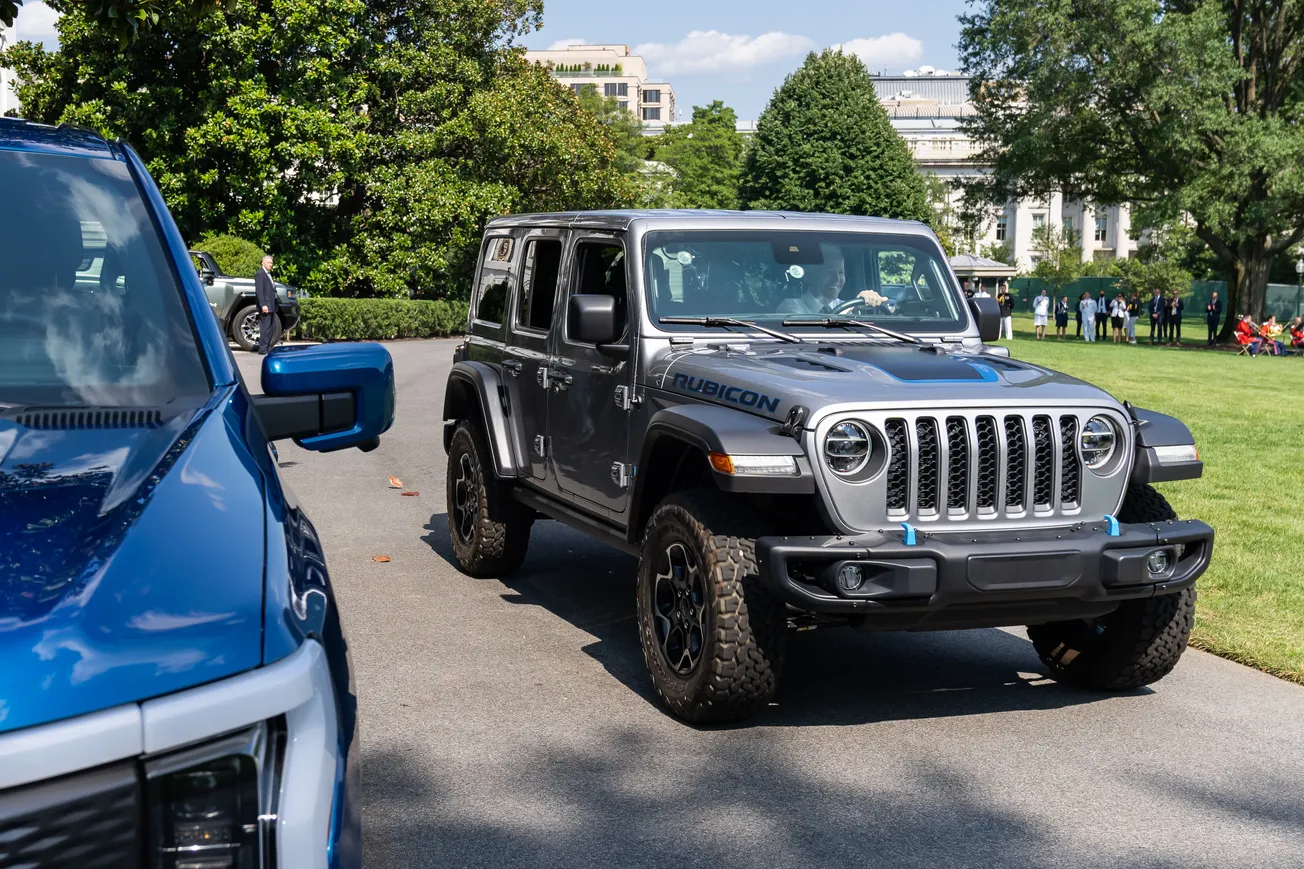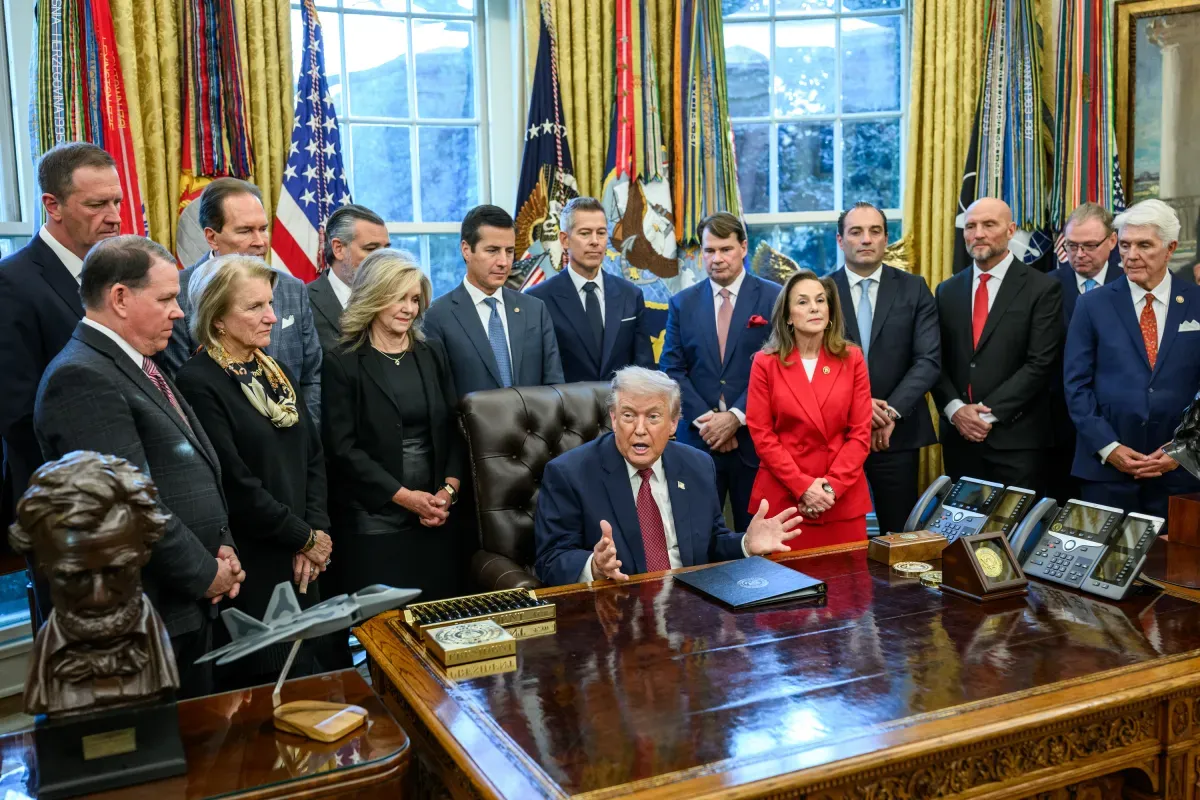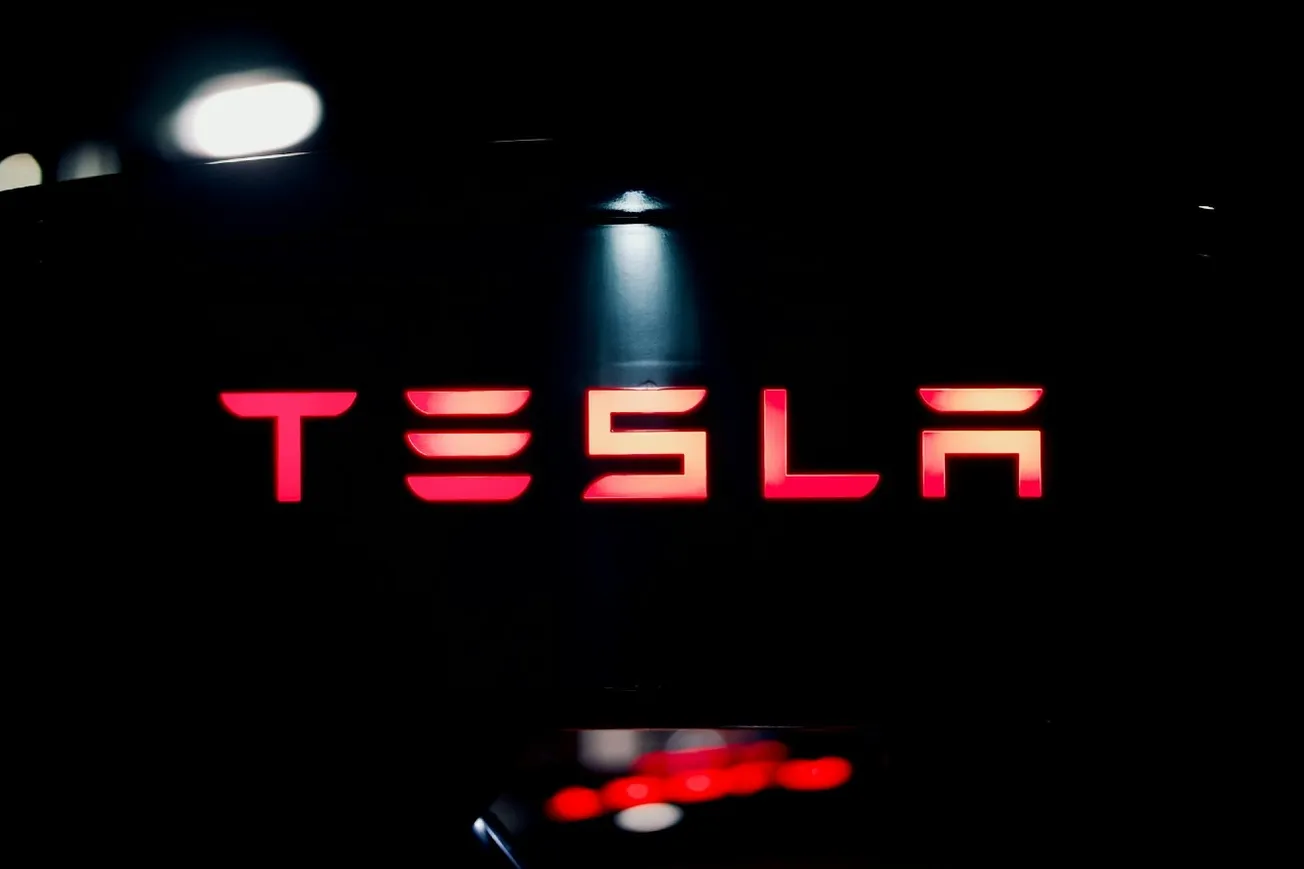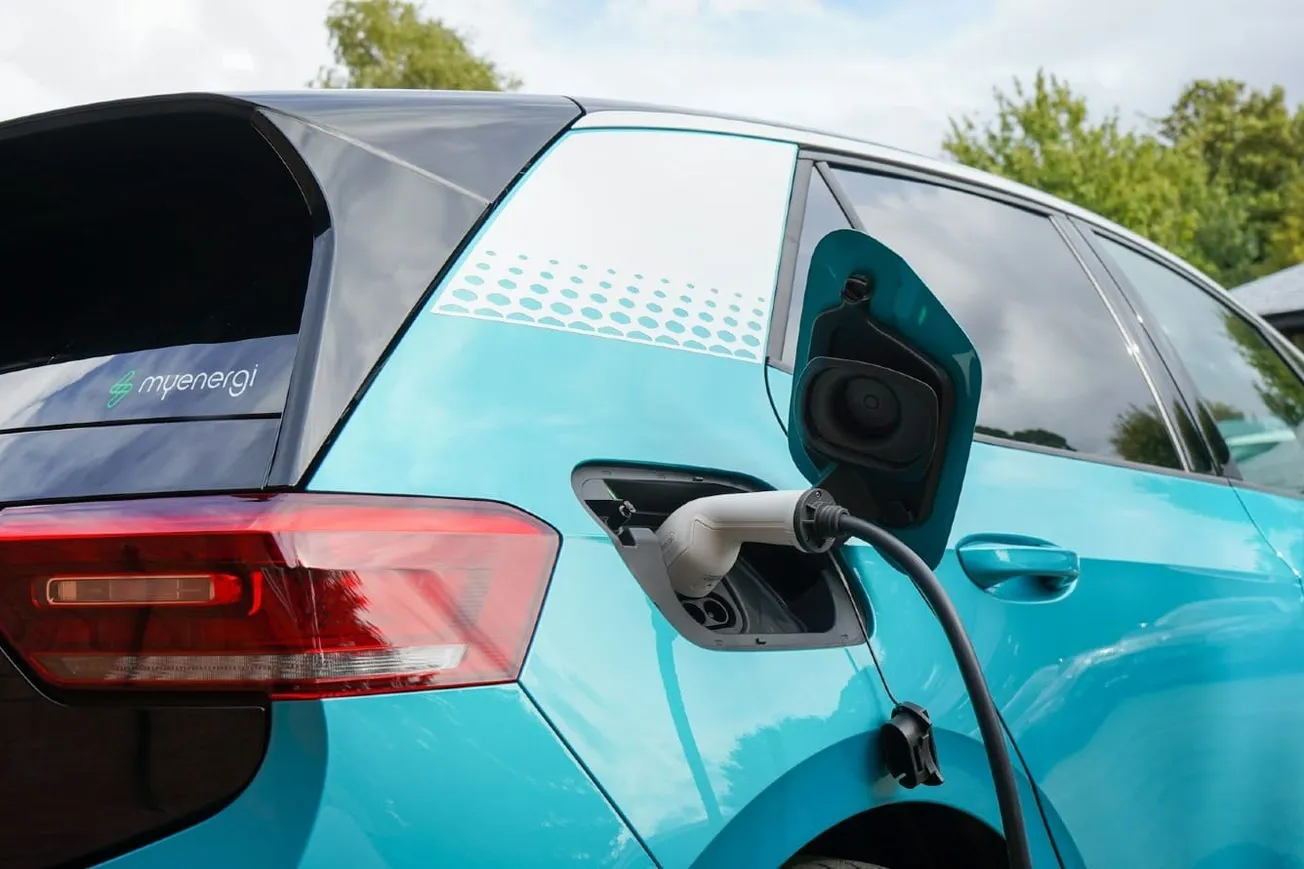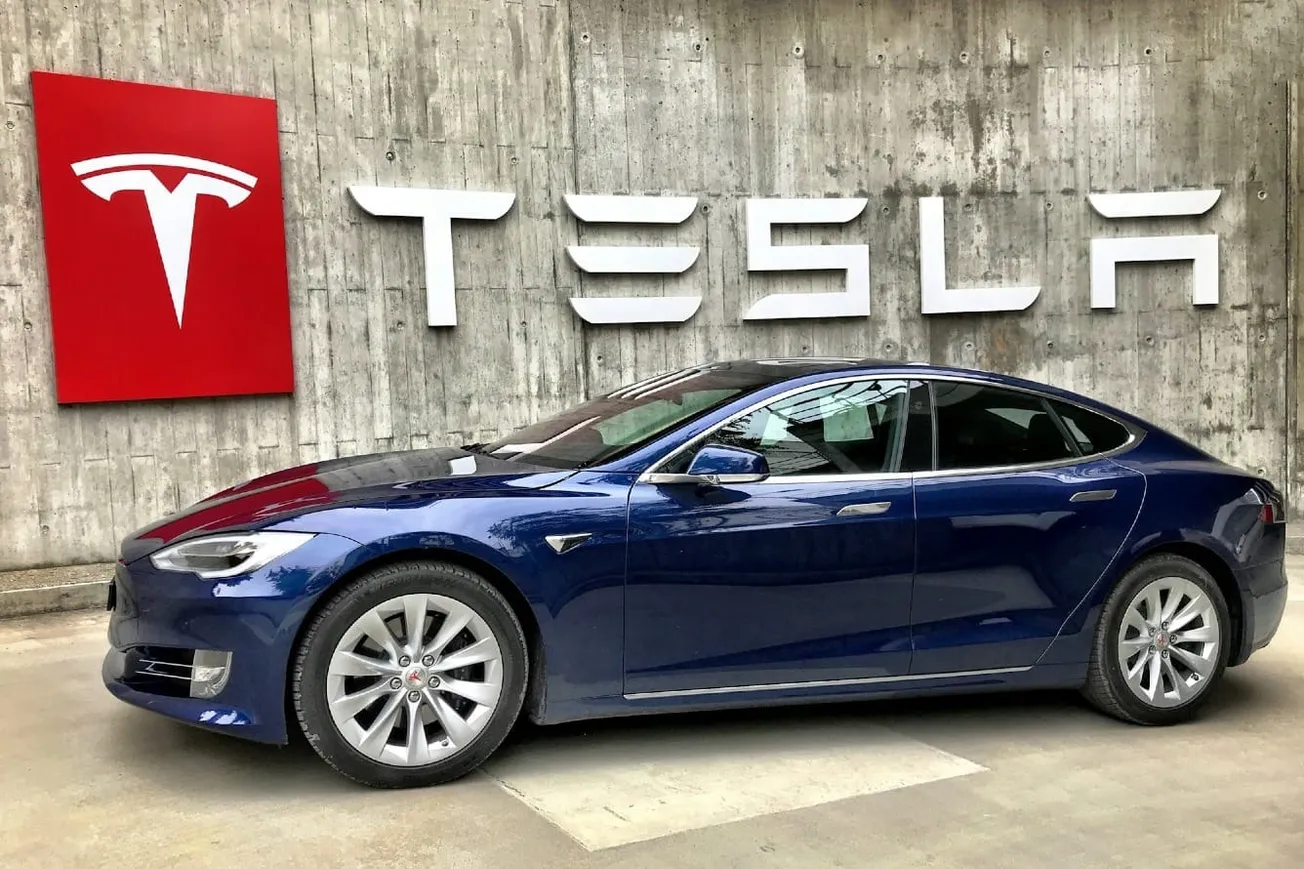By Ronald Stein for CFACT.Org
The Biden administration wants to mandate further limits on emissions and boost electric car sales by 2032. His proposed regulation announced April 12, 2023, by the Environmental Protection Agency, would set tailpipe emissions limits for the 2027 through 2032 model years that are the strictest ever imposed — and call for more new EV sales than the auto industry agreed to less than two years ago. This latest surprise mandate may be a quicker entry into a death spiral for the auto industry.
Biden is unaware of the poverty of the world’s population. At least 80 percent of humanity, or more than six billion in this world are living on less than $10 a day, and billions living with little to no access to electricity. Energy poverty is among the most crippling but least talked-about crises of the 21st century.
He complains that air’s CO2 levels today have risen to 420 ppm. He remains uninformed to the fact the amount of CO2 in the atmosphere was reduced by about 90 percent during the last 150 million years. CO2 now represents 0.04 percent of the atmosphere. If further reductions continue, CO2 will inevitably fall to levels that threaten the survival of plants and life, which require a minimum of 150 ppm to survive.
Our elite leaders may be oblivious to the fact that every person, animal, or anything in the few wealthy countries like the U.S., Germany, the UK, and Australia that causes emissions to harmfully rise could vanish off the face of the earth; or even die off, and global emissions will still explode in the coming years and decades ahead over the population and economic growth of China, India, Indonesia, Japan, Vietnam, and Africa.
While President Biden is focused on emission reductions, he may lack an understanding of the “pieces of the EV puzzle” that may be the formula for an automobile industry death spiral:
Extremely limited ethical supply chain for the lithium to make current technology EV batteries.
Lack of sufficient number of buyers, outside the elite profile of existing EV owners
Shortages and inflation for all the material supplies to make vehicles.
Concern about sufficient renewable electricity being able to charge EV batteries.
The Governments’ lack of ethical, moral, and social responsibilities, by using subsidies that encourage the continued exploitations of people with yellow, brown, and black skin that are mining for exotic minerals and metals in poorer developing countries to support the green movement in wealthy countries.
Where are the materials to build the batteries?
While the race is on to produce more lithium in the United States as the supply chain for the major component of EV batteries, lithium, is already being compromised internationally. Those international dark clouds on the lithium supply chain may be a prelude to a rejection of strip mining in America, that represents the most environmentally regulated and controlled communities in the world.
Where are the buyers?
The current EV ownership profiles of the elite is that they are highly educated, highly compensated, multi-car families, with low mileage requirements for the families second car, are dramatically different from most vehicle owners that are single-car owners, not highly educated, nor highly compensated. Mandating a change to EV ownership and forced austerity may face a rebellion from those that need transportation.
With vehicle prices escalating and interest rates rising, fewer and fewer are able to afford the purchase of any vehicle, ICE or EV. Soon, they’ll only be affordable to the few wealthy elite. For the more than 6 billion in the world earning less than $10 a day, vehicle ownership may never happen.
Where are the products to build the vehicles, as renewable electricity cannot manufacture any products?
Most people do not know that crude oil is useless unless it can be manufactured into something usable. All the products for the EV, from electronics, plastics, glass, leather, tires, etc. are all made from the oil derivatives manufactured from crude oil.
There were almost 700 oil refineries in the world as of January 2020, but as a result on continuous over regulations, permitting delays, aging equipment, over the next five years 20 percent of the them are projected to close. That is a whopping 140 manufacturers that will close. Shortages and inflation in perpetuity may be the new norm as society’s demands for the products manufactured from crude oil are continually exceeding the supply from the diminishing number of manufacturers.
Where is the electricity?
The global fleet of road vehicles in 2022 numbered about 1.446 billion, that’s with a “B”. Of this huge global fleet, only 12 million were electric vehicles (EV) in 2021. Thus, less than one percent of the worldwide road vehicle fleet were EVs, and more than 99-percent of the global fleet was “yet to be replaced”.
We have all read about the concerns toward “grid stability” to be able to charge those EV batteries. Well, the UK may have given the world a heads-up on why electricity rates may be rising in perpetuity. In the UK, their concerns for grid stability with fewer and fewer continuous uninterruptible power generations facilities has implemented regulations that went into force in June 2022, that restrict charging times.
All home installed UK electric vehicle chargers are required to be separately metered and to send that information to a Smart meter data communications network. Potentially, this UK legislation allows the electricity used for charging EVs to be charged and taxed at a higher rate than domestic electricity. Obviously, the EV electricity users are the ones that will be paying to upgrade and maintain the grid.
In addition, new chargers in the home and workplace now automatically switch off in peak times to avoid potential blackouts. New UK chargers are pre-set to not function during 9-hours of peak loads, from 8am to 11am (3-hours), and 4pm to 10pm (6-hours).
Where is the ethical, moral, and social responsibility for the lithium supplies to meet the mandate toward EV’s?
The 2021 Pulitzer Prize nominated book “Clean Energy Exploitations – Helping Citizens Understand the Environmental and Humanity Abuses That Support Clean Energy did an excellent job of discussing the lack of transparency to the world of the green movement’s impact upon humanity exploitations in the developing countries that are mining for the exotic minerals and metals required to create the batteries needed to store “green energy”.
President Biden provide validation to the books’ message in late 2022 when the Biden administration declared October 4, 2022, that batteries from China may be tainted by child labor.
Shockingly, Biden continues to show no moral or ethical concerns for the disposable workforce in the developing countries that are mining for the EV battery materials as wealthy countries continue to encourage subsidies to procure EV’s and build more wind and solar. Those subsidies provide financial incentives to the developing countries mining for those “green” materials to continue their exploitations of poor people, and environmental degradation to their local landscapes.
EV buyers should be aware that they may be contributing to the pursuit of “blood minerals” from developing countries to achieve the efforts of wealthy countries to go green. If you feel comfortable supporting the environmental degradation and humanity atrocities toward folks with yellow, brown, and black skin occurring in those developing countries, then proceed with your purchase.
Ronald Stein is an engineer, senior policy advisor on energy literacy for CFACT, and co-author of the Pulitzer Prize nominated book “Clean Energy Exploitations.”
Original article link

